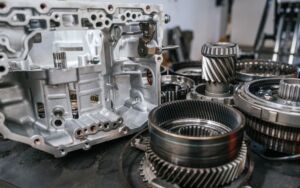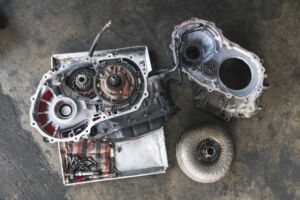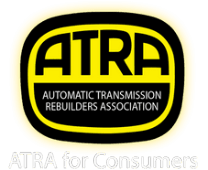If you’re deciding between manual vs automatic transmissions, it’s important to first understand their distinct differences, the advantages of each, and any maintenance considerations. Going back to the basics will help you decide.
So, before you make that final decision, have a look through our guide. Dot Transmissions is here to help you make an informed decision on your next vehicle purchase.
Understanding Manual Transmissions
As the name suggests, manual transmissions require the driver to manually shift gears using a clutch pedal and gear stick. Many drivers prefer this option as it provides a direct connection between the driver and the vehicle, allowing for precise control over gear selection.
To change gears, remove your foot from the throttle and depress the clutch to disengage the engine from the transmission. You may then select the desired gear, and release the clutch. This process demands coordination and timing but can be mastered with practice.
Exploring Automatic Transmissions
In contrast to manual transmissions, an automatic transmission controls the gear-shifting process, eliminating the need for a clutch pedal. More straightforward for the driver, these engines use a complex system of sensors, actuators, and control units to determine shift points based on factors like speed, throttle position, and engine load. This automation provides a more relaxed driving experience, especially in stop-and-go traffic.
There are several types of automatic transmissions, including:
- Torque Converter: Uses fluid coupling to transfer engine power to the transmission, offering smooth acceleration.
- Continuously Variable Transmission (CVT): Provides seamless acceleration by offering an infinite range of gear ratios.
- Dual-Clutch Transmission (DCT): Utilizes two separate automatic clutches for odd and even gear sets, enabling faster and more efficient gear changes.
- Automated Manual Transmission (AMT): Combines a manual transmission with an automated clutch and gear-shifting mechanisms, offering a balance between manual control and automatic convenience.
Comparing the Two: Manual vs. Automatic Transmissions
When comparing manual and automatic transmissions, one of the most noticeable differences is in their mechanics. A manual transmission relies on the driver engaging the clutch and shifting gears using a gear stick. This gives drivers a more hands-on connection to the vehicle. In contrast, an automatic transmission handles gear changes for you, using the vehicle’s onboard system to determine when to shift.
Both also offer a completely different driving experience, ranging from the manual transmission’s engaging and interactive style vs. the more relaxed and convenient automatic transmission.
When it comes to fuel efficiency, manual transmissions have traditionally held the upper hand. With skilled driving, they can deliver slightly better fuel economy. However, advancements in automatic transmission technology have significantly narrowed the gap. Many modern automatic vehicles now match or even surpass the fuel efficiency of their manual counterparts, depending on the make and model.
Maintenance Considerations
Manual transmissions are generally known for their durability and straightforward maintenance, making them ideal when considering repair costs. That said, components like the clutch are subject to wear and may require replacement over time — typically between 60,000 to 100,000 km. Regular maintenance and manual transmission repair can improve your vehicle’s longevity and performance.
Automatic transmissions provide a more comfortable ride, but can also involve more intricate systems. Regular maintenance, including periodic fluid changes, is crucial in keeping your vehicle running. If you’re faced with mechanical issues, automatic transmission repair can cost more due to the complexity and more sophisticated components.
Consider the Cost
If price is an important consideration when deciding between manual vs. automatic transmission, consider:
- Purchase Price: Manual transmission vehicles often come with a lower purchase price than their automatic counterparts.
- Insurance: The cost of insurance is typically similar for both manual and automatic transmissions, though specific policies may vary.
- Resale Value: With shifting market demand, the resale value of either a manual or automatic transmission can vary. Do your research prior to making a final decision.
Manual vs Automatic Transmission: Which One Will You Choose?
No matter which you choose, the decision between manual vs. automatic transmission will depend on your driving preferences, lifestyle, typical road conditions, and budget.
If you enjoy being in control, a manual transmission may be the right choice for you. But if you’re in the market for an easy drive, particularly in urban traffic, an automatic transmission could be what you’re looking for.
No matter which transmission you choose, it’s important to have your vehicle checked and serviced regularly. At Dot Transmissions, we provide expert service to keep your vehicle running smoothly. For manual and automatic transmission repairs, contact the experts at Dot Transmissions.






